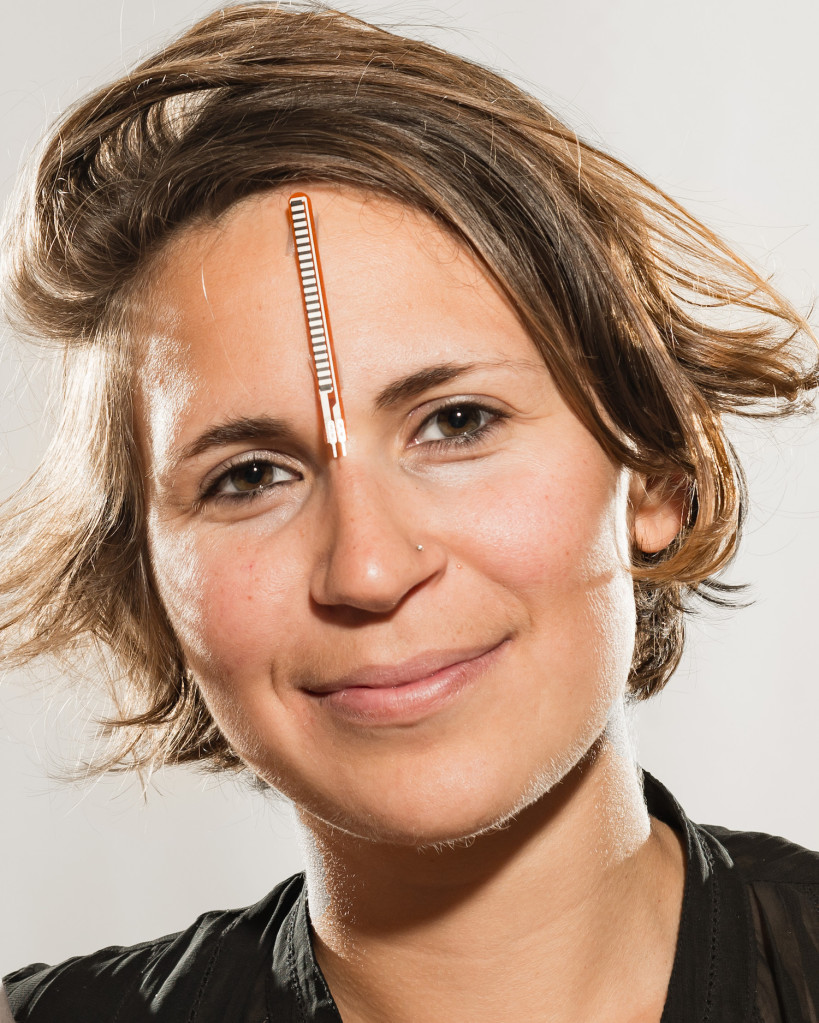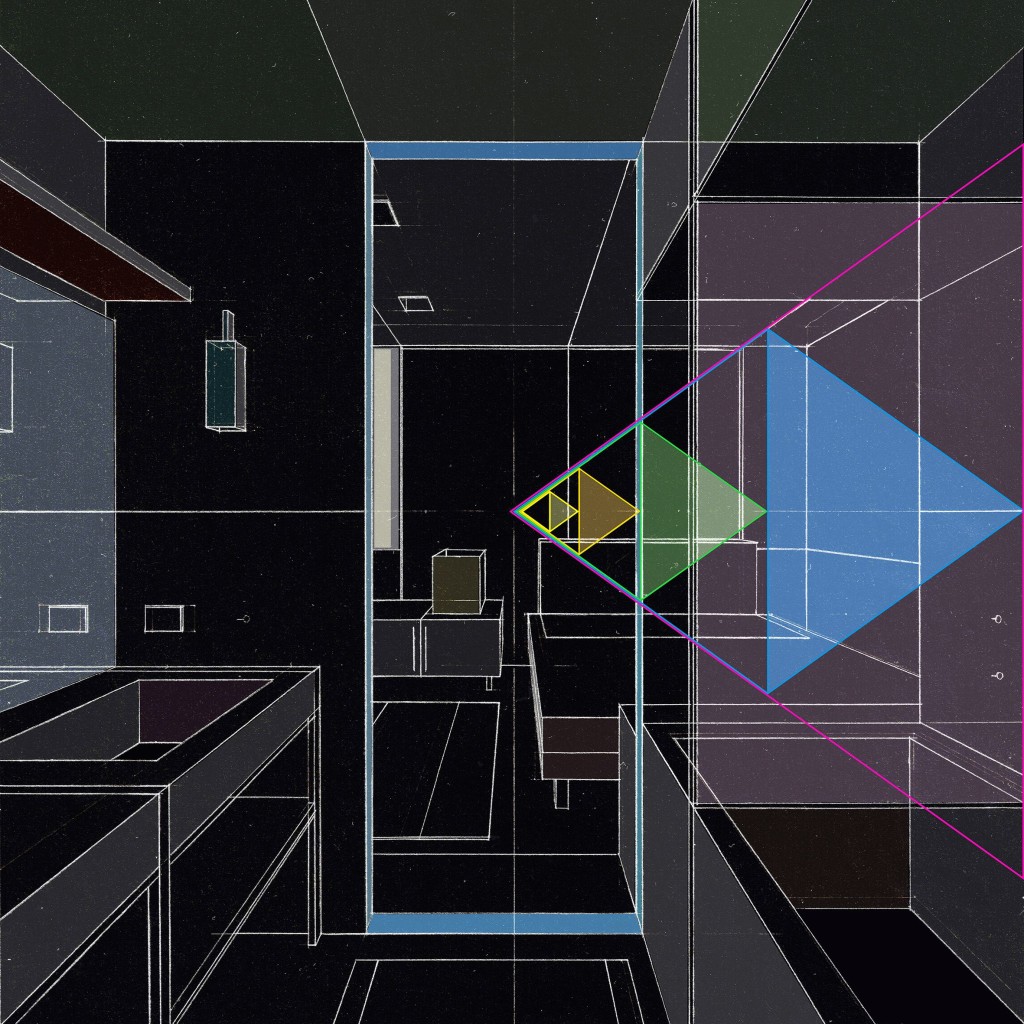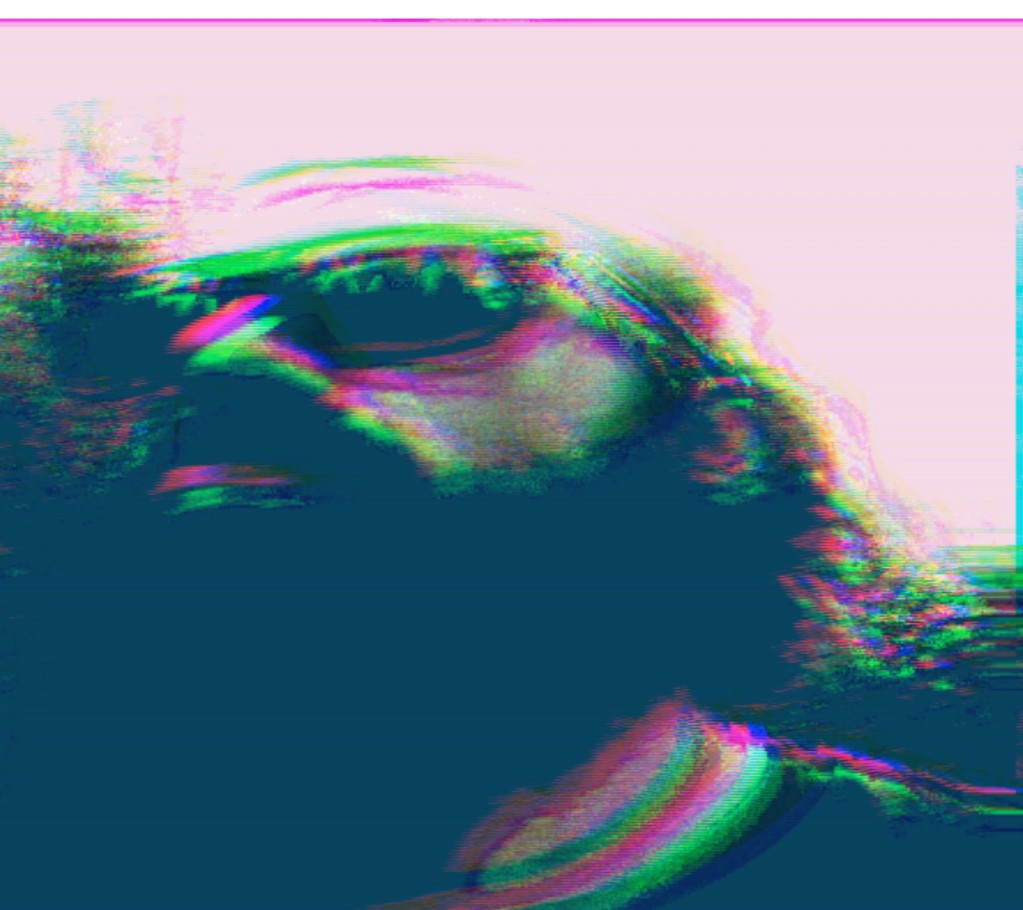Radical times call for fearless experimentation – and fast. Elli Records bends polyrhythms, noise, and custom software to the breaking point. The toolmakers and sound alchemists talk to us about just what they’ve been building in there.
And yes, if you’ve ever encountered people worried that tools will make music esoteric, well – this French crew are ready to lean in. (The label co-founder is behind the excellent K-Devices line of Max/MSP patches, and Max patchers like Julien Bayle join in, too.) So perhaps they can empower the rest of us to embrace post-human groove, woven together by digital patches, discovered sounds, and overabundances of noise. CDM resident David Abravanel is back with a story from the sonic frontier. -Ed.
Given the uncertainty of the current time, it’s hard to know where to go as a label. Some labels have postponed projects to coincide with later tours, while others are entertaining going on hiatus until the world gets its head on again.
For Emanuele Battisti and Alessio Santini of Elli Records, however, it’s been a time to go all-in. With the In The Room series, Elli assembled 16 artists to each complete an album, to be released regularly until the end of June. The cover art for each release (and inspiration from the title) comes as fragments from Paolo Cavinato’s “In The Room”, a work combining drawing with computer graphics.
It’s an intimidating amount of music to listen to, with some very different offerings. Julien Bayle’s GRID sees the French minimalist unleashing a series of compositions made using a graphical notation system in Max, while co-founder Alessio Santini’s Come focuses on radical manipulations of guitar feedback and noises – sometimes recognizable and sometimes reduced to completely polyrhythms composed using Santini’s own K-Devices software. With Unmapped’s appropriate-for-the-times Unamerika playing in the background, I spoke to Emanuele and Alessio about the series.

Did you coordinate with the artists on making these albums part of a series?
Emanuele Battisti: The project was conceived very quickly, around March 20. Italy had already been in lockdown for a few weeks, and other European and North-American countries were following the same trajectory.
You are locked down, no way you can play gigs or just have a normal social life: being creative and trying to share creativity with the others, that seemed a quite reasonable way of reacting as an artist. So we said to ourselves: seize the day! We emailed all Elli artists, hoping that two or three would be available for some collaborative project. To our big surprise, all of them were in.
In a matter of days, a dozen artists were booked, on a very simple basis: each one would provide music for a digital album, EP or full length, either by creating as fast as possible some new material, or by putting together previously produced and unreleased stuff, meaningful to them and somehow related to the current situation.
This has been presented since the start as a collaborative project, where Elli and the artists would accept to share all aspects equally.
Alessio had the idea to create a Facebook group, so that instead of communicating with each of them individually, all details could be shared with everyone in a totally transparent way.
This project has already had a major impact on us: our artists know each other a little bit better, now! And if you think of the typical vertical way of dealing with an artist roster, this is a pretty nice step forward. The group is strength, right?

Does the name “In The Room” have a significance beyond Paolo’s art?
Emanuele: The concept for this album series lies in a dichotomy: a room is a limited physical space in which you feel confined, but it is also the psychic dimension where creativity takes place. Of course, a crisis is always the occasion for a deep renewal: “In the room” is an artistic statement, a reaction to the current crisis, and to the condition of strong uncertainty that will most likely persist for months.
Alessio: as Emanuele said, the room here is also a psychic dimension. I like to think also that this action took some raw energy from musicians: this is music that somehow would escape from a regular discographic destination…
Why did you choose Paolo’s art for the covers of these albums?
Emanuele: We have always been very interested in Paolo’s work. It combines the precision of the geometric sign, with deep roots in Italian perspective art, and the quest for a symbolic connection between the human and the supernatural.
The same link, this time between computer precision and human expression, is at the heart of Elli’s musical action. Our motto since 2014, “Human + Computer music”, is not only a way of describing a technical interaction, it has to do with a new form of humanism, where technology is made for humans, not the opposite.
This definitely seemed the right moment to ask him to collaborate, and since the planets were really aligned this time, he immediately said yes. It must also be said that at the beginning, the idea was a series of individual artworks. Then Paolo had this amazing idea of providing a huge squared drawing of an inner space, with stylized walls and furniture, from which it would have been possible to obtain the individual artworks, as fragments.

Is there a reason for the sequence of which albums are released when?
Emanuele: Not really! Because of this very unusual planning, it seemed reasonable to give priority to those albums that, production-wise, were more advanced. In our label, I take care of most of the mastering work and I am responsible for all production aspects: I planned the releases in such a way that I could follow up with all the different works… I think this time the challenge was really a tough one!
The next series of releases is scheduled for June. Have you finalized who is involved? Is there a different plan for what you hope to achieve – either in sound or in general aesthetic – with the next series?
Emanuele: The second series will present a good number of “special guests”, artists that are not (or not yet) in Elli’s official roster. This means that yes, this will probably allow for an even broader stylistic approach, than is already the case with our label. As always, there is no specific rule to respect as far as music genres are concerned, the coherence of the project lies upon the systematic and creative use of technological means, once again with some “human touch” to preserve a warm overall feeling.
There is also a very specific reason for having these 16 albums split in two series: on May 22th, there will be another release, already planned since January, an interesting collaboration between the electroacoustic duo Stahlstuhl, and jazz trumpeter Andrea Pandolfo. This album was impossible to reschedule, so we decided to leave a couple of weeks in May where all communication could be focused on this album, before going back to “In the room”.
As I speak, all spots for the second series are taken, four albums are almost ready, the others are on their way.
It’s a tough time for labels right now, and it seems like there are dueling strategies. Some independent labels try to space out their releases to really work on PR, while others put out as many releases as they can. Releasing eight albums in less than a month is something of a gamble – what are your plans for promotion of the full series?
Emanuele: Very good question. I think this situation put many established labels in big trouble since it made it impossible for them to combine the planned releases with live activity. But to be honest, for a small label like ours, this crisis had little to no impact. The artists werebtold that classical PR, requiring a minimum of 2 months advance on the release date, would have been impossible to do and that the focus would have been on the series itself.
Now, the collaboration with Paolo brought us to new and different communication networks — for instance, the main Italian platform for contemporary art wrote about us a few days ago. Last but not least, since the overall series lasts 2 months, we believe that it will still be possible to promote individual albums little by little – which we are doing, by the way.

Alessio, we spoke once a long time ago about the glyphs used for Elli releases – what do they represent?
Alessio: Yes, these symbols come from afar! They are an important part of the way Elli communicates. A series of signs, without a specific pronunciation that, suggesting coherence, should display some content of a release. We internally know what each symbol means, but it is not declared: the same symbol on different releases says that there is something in common…
As we love to say, Elli’s symbols are an almost-language that almost-exists.
This unspeakable language will become more complex and deep (also clear?), step by step, release after release.
It’s a conceptual, non-didascalic, descriptive action.
I did notice that the glyphs are not on the current covers; are there still three glyphs associated with each of these new releases?
Alessio: What I personally like in rigorous and defined artistic actions, is… exceptions!
In this case, we have chosen to give priority to Paolo’s artwork, that has to be considered as a piece of art in itself. Of course the symbols will come back with “regular” releases, for instance they are part of the forthcoming album by Stahlstuhl.
See also Santini’s K-Devices: